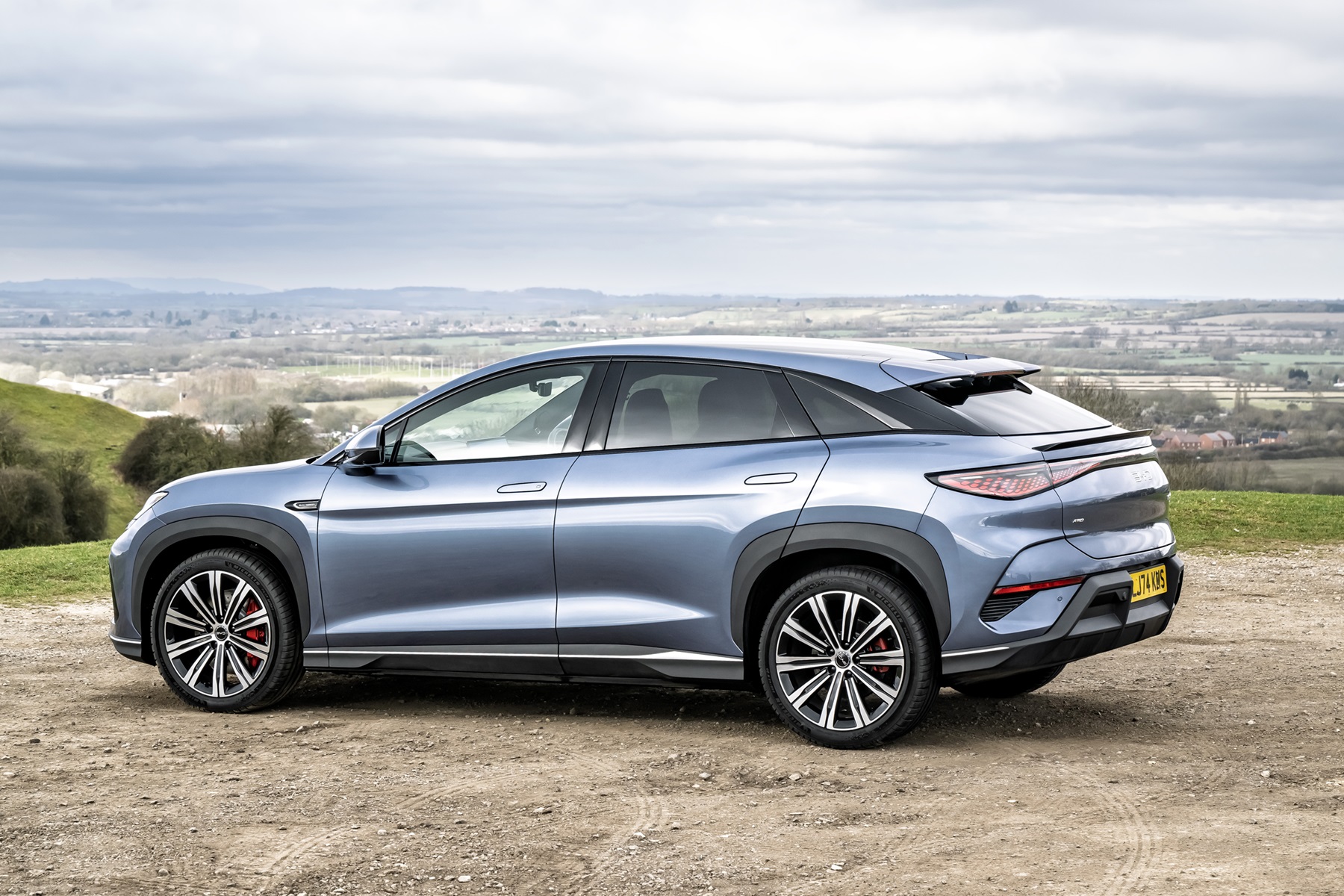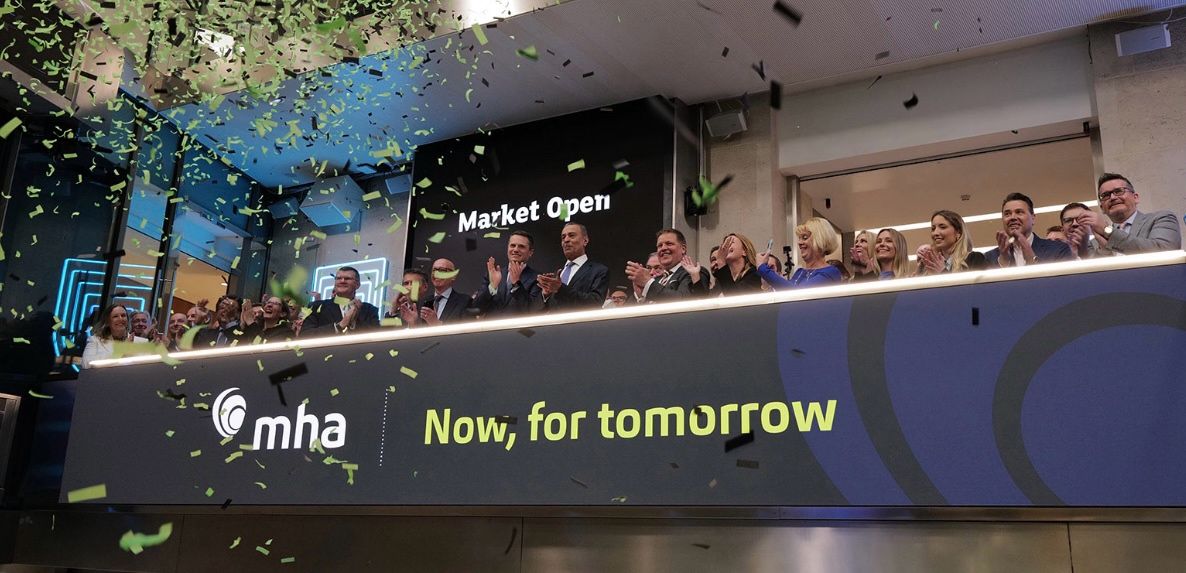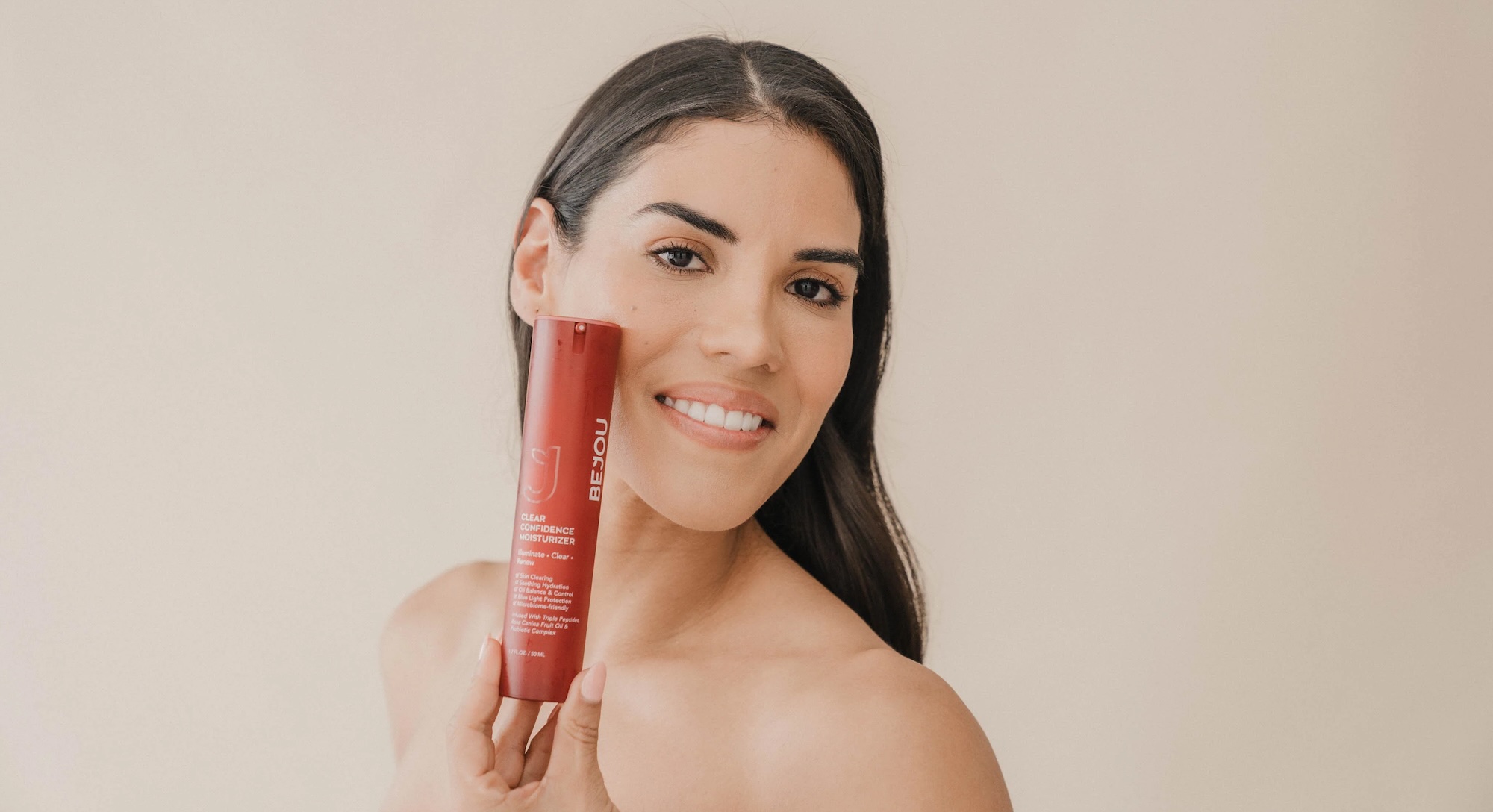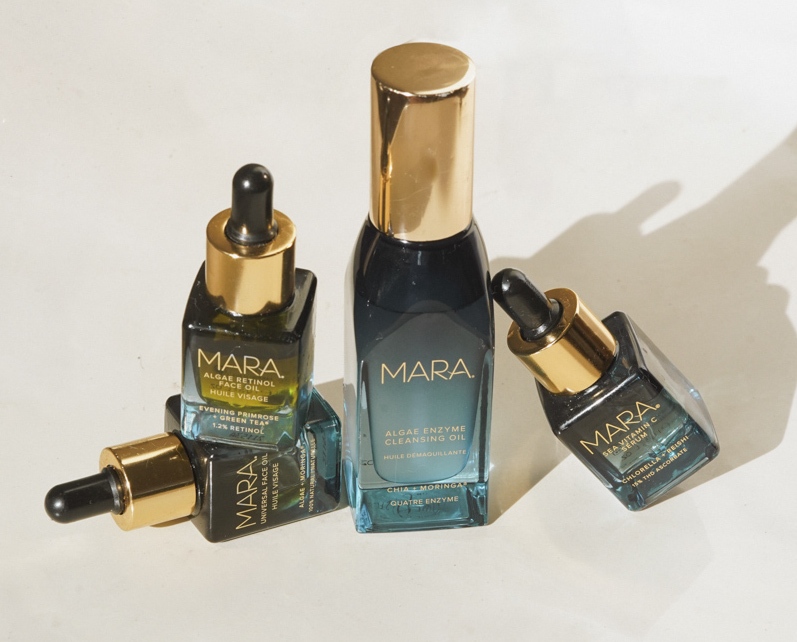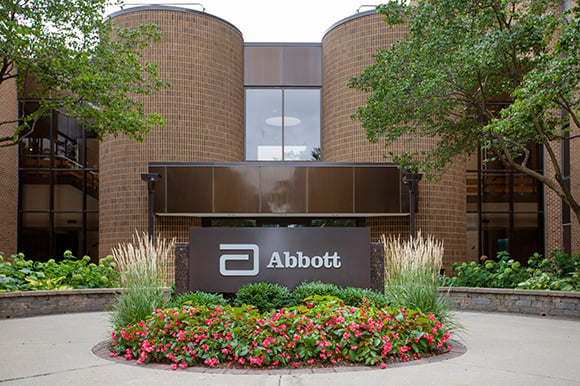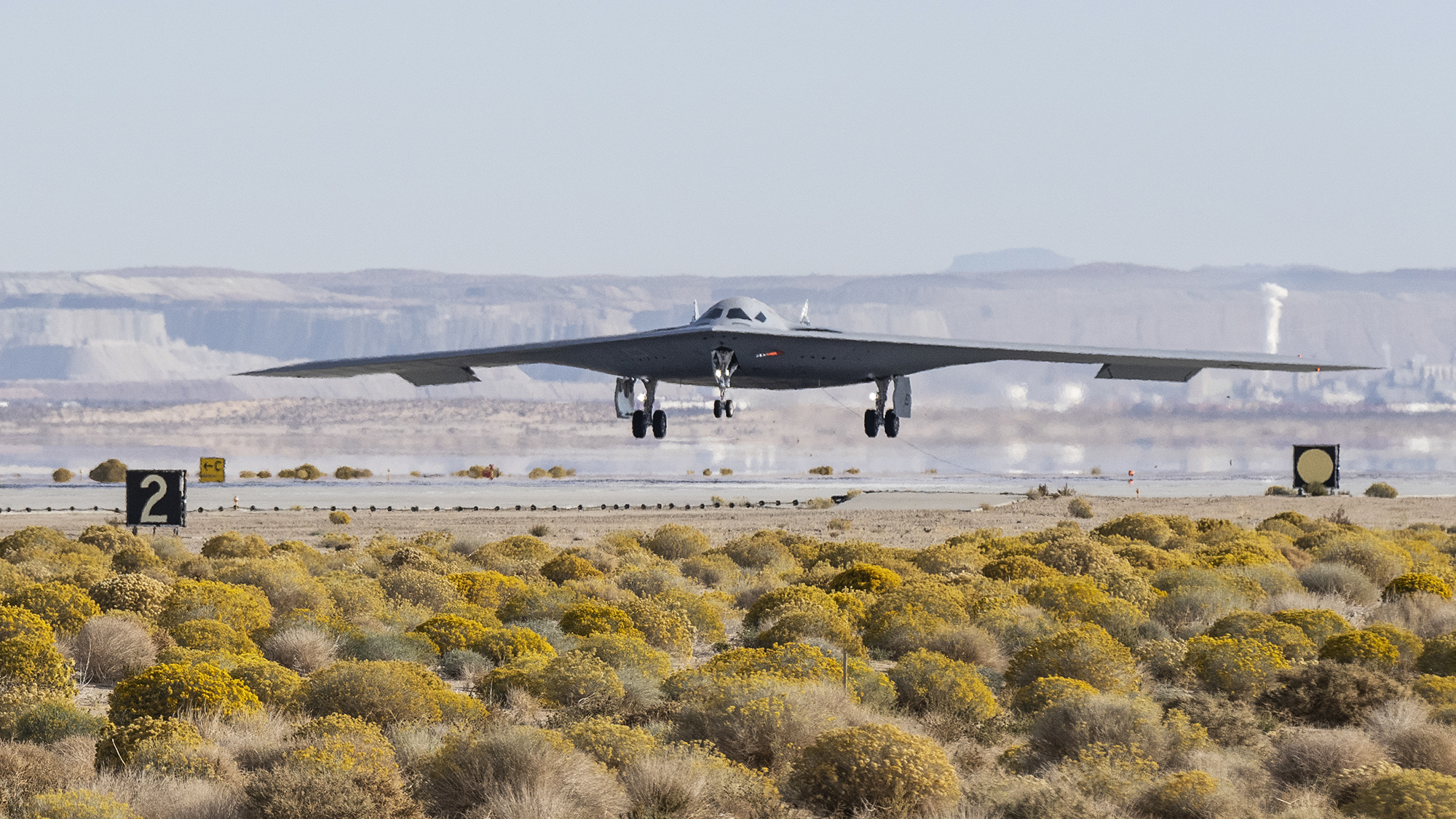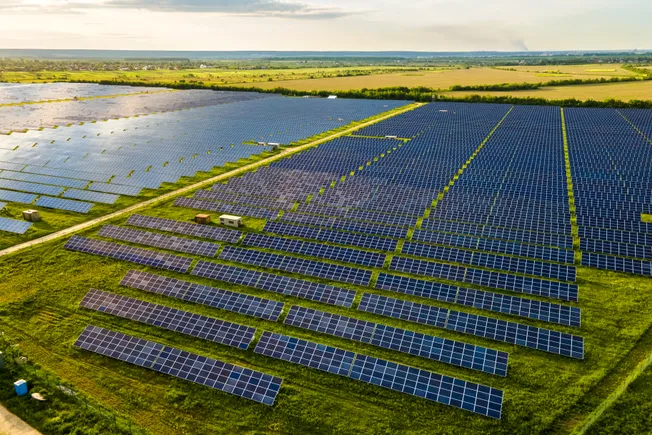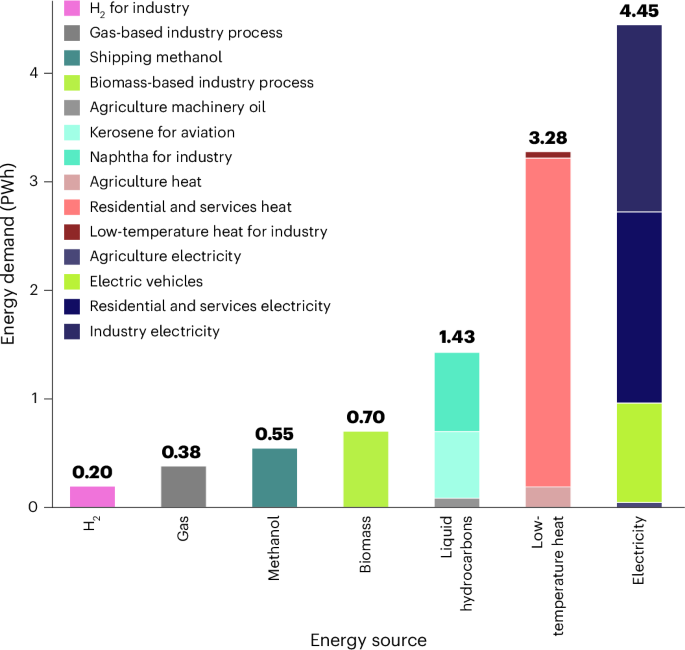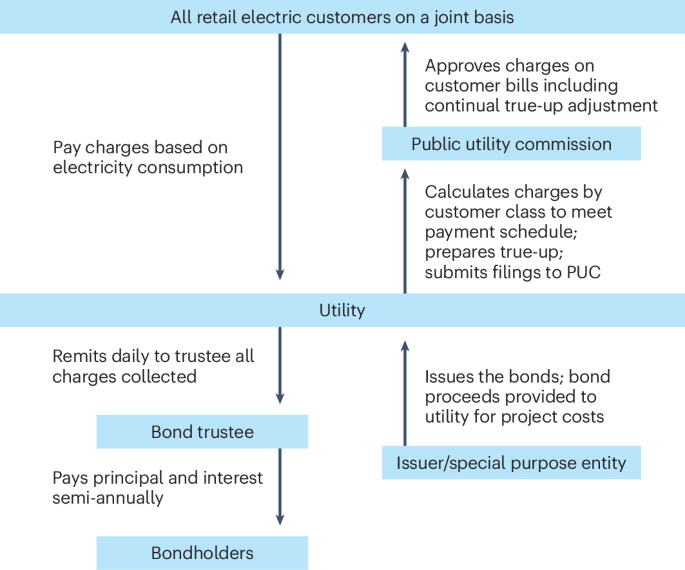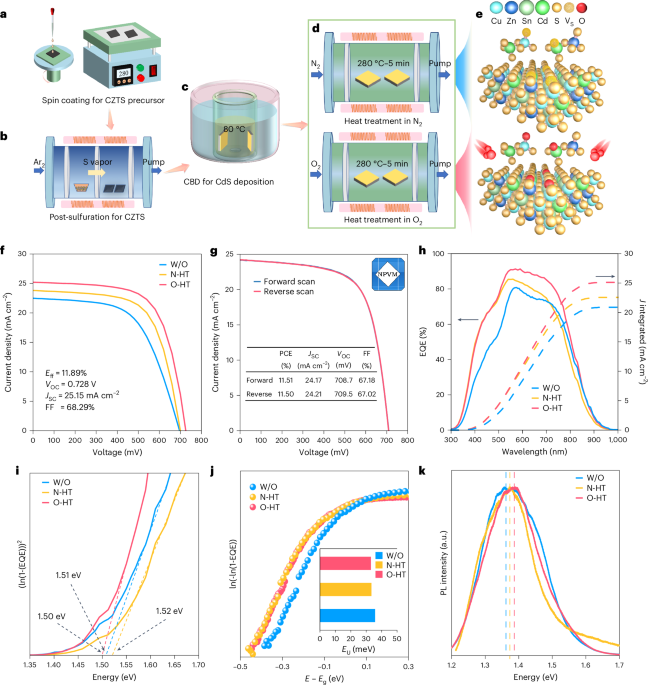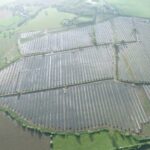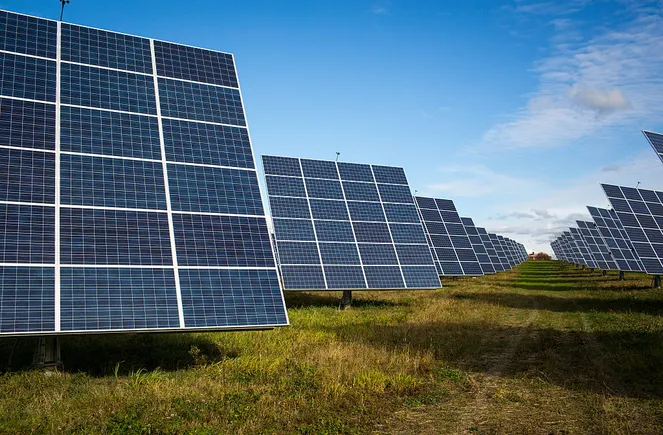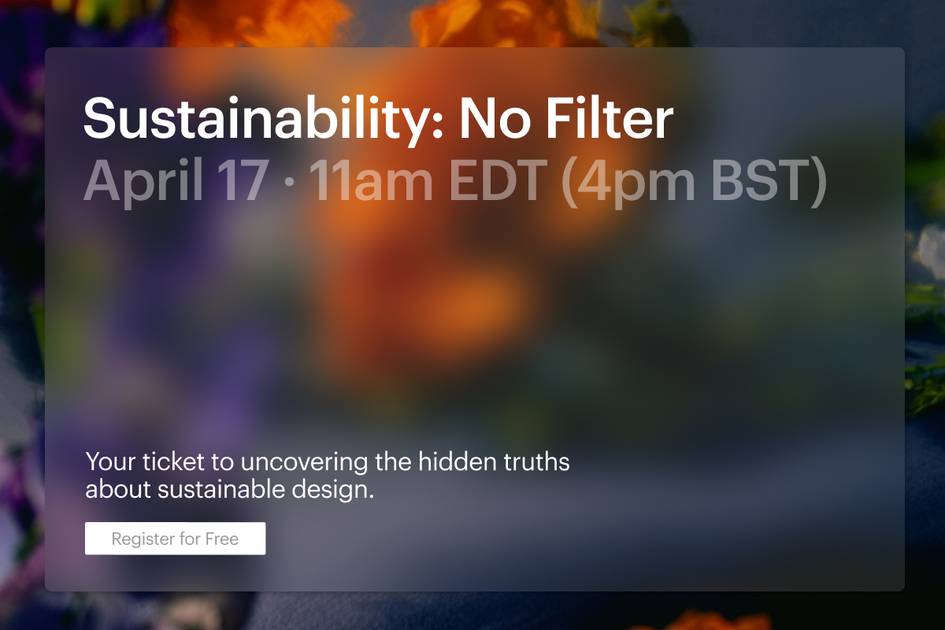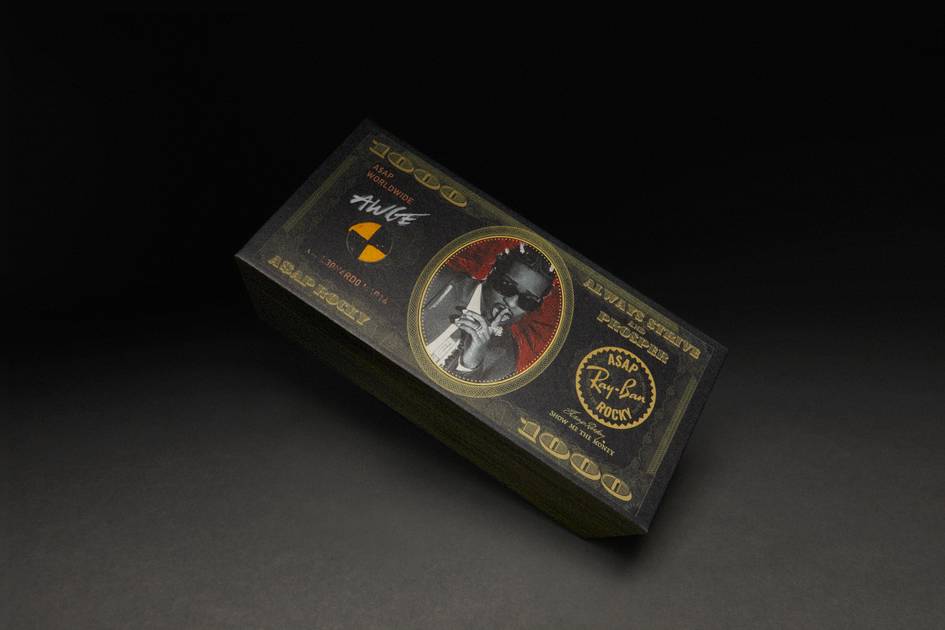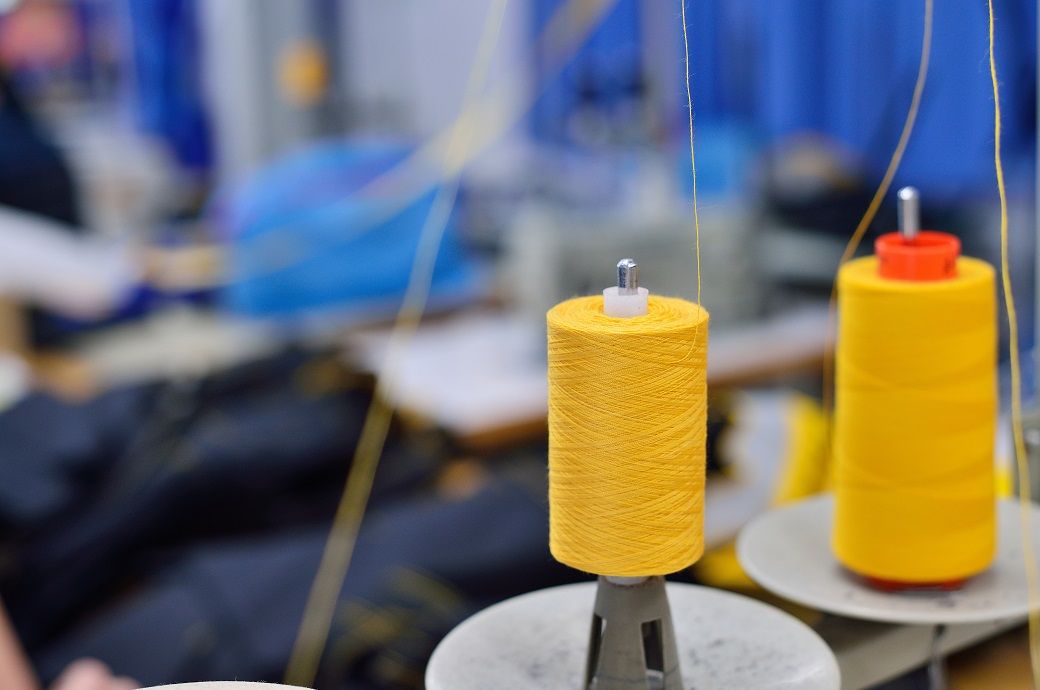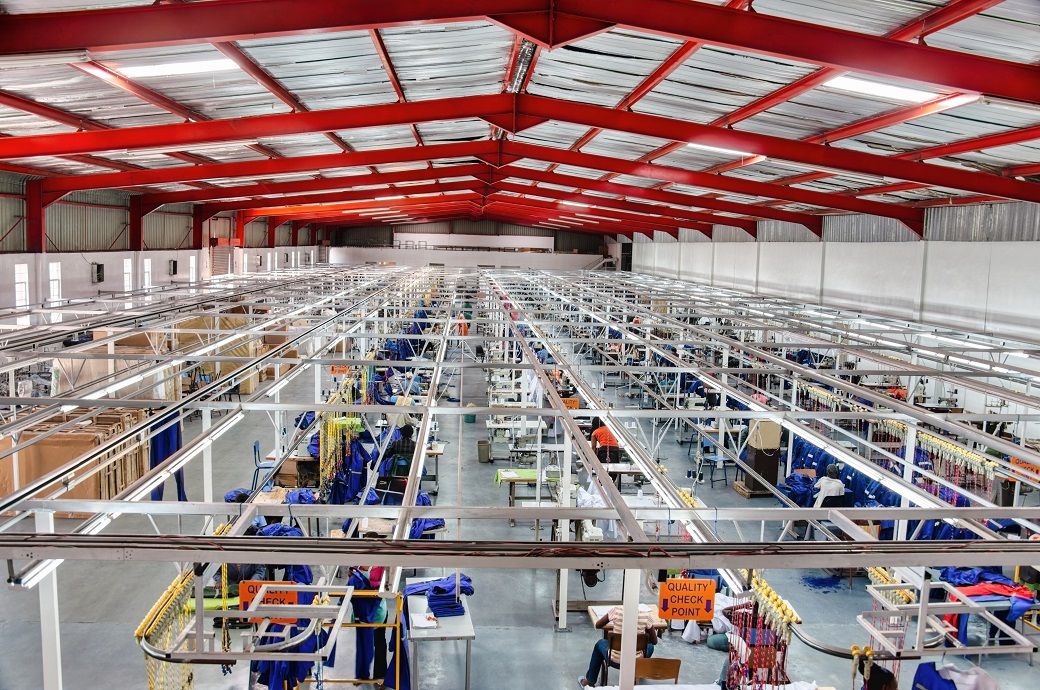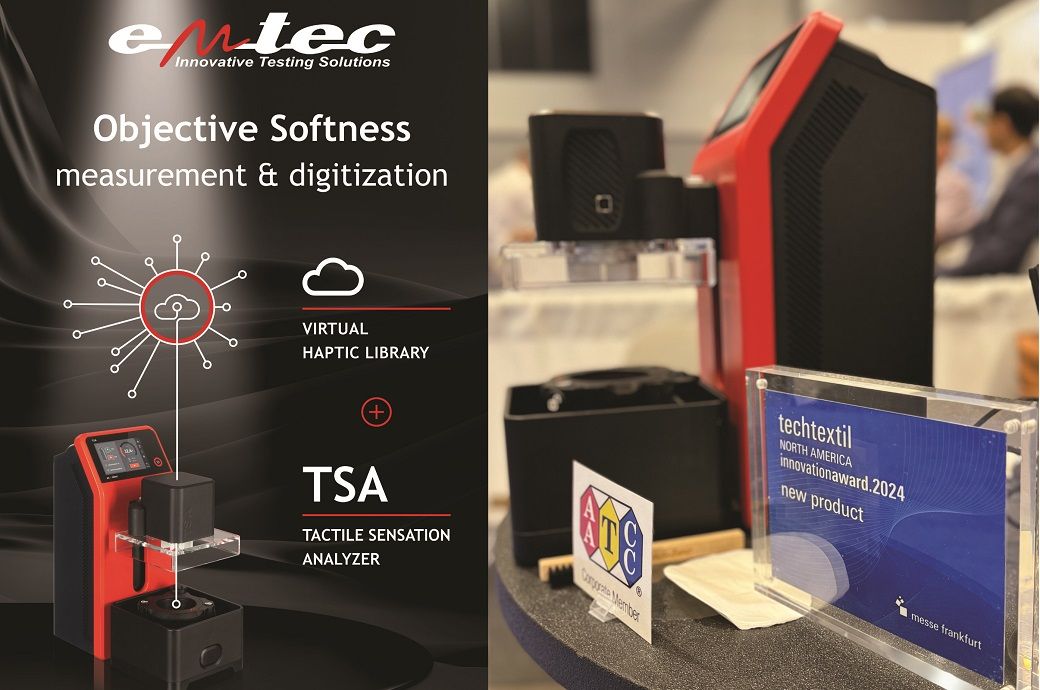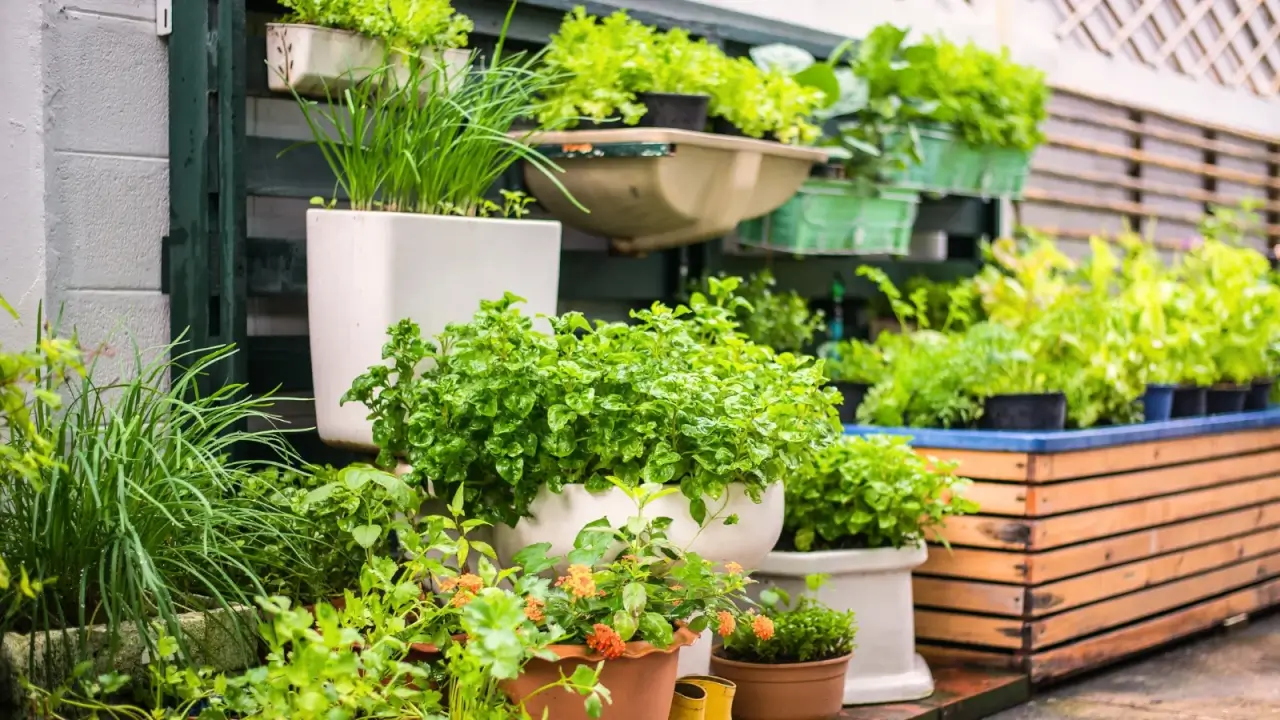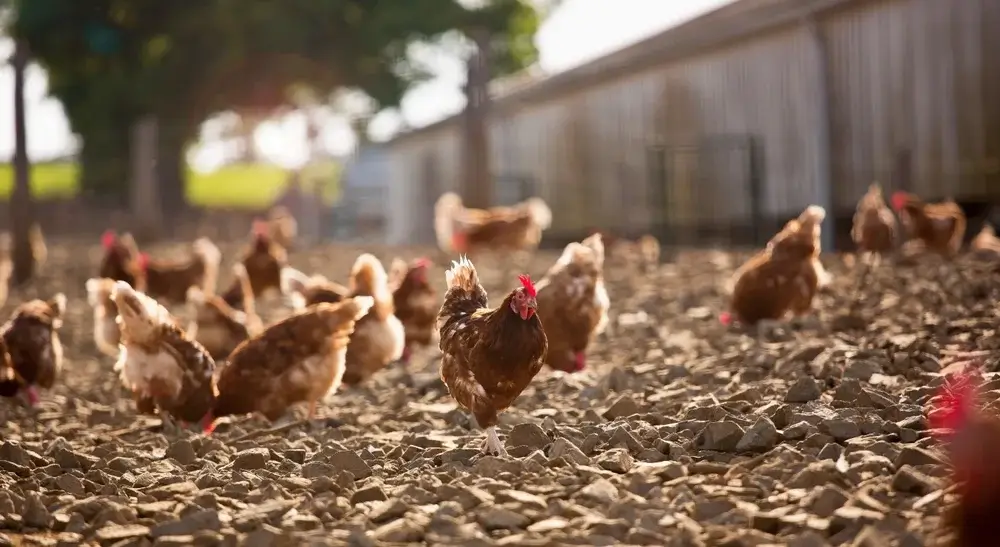Biodynamic Farms Are One Thing. What About Biodynamic Businesses?
For decades after the concept of biodynamic farming was introduced in 1924, there was an aura of witch and wizard mysticism and charmingly earnest cluelessness around biodynamic farming. You want to make planting and harvesting choices according to the moon? Stuff yarrow into a deer bladder to create a tea that you’ll spritz on your […] The post Biodynamic Farms Are One Thing. What About Biodynamic Businesses? appeared first on Modern Farmer.
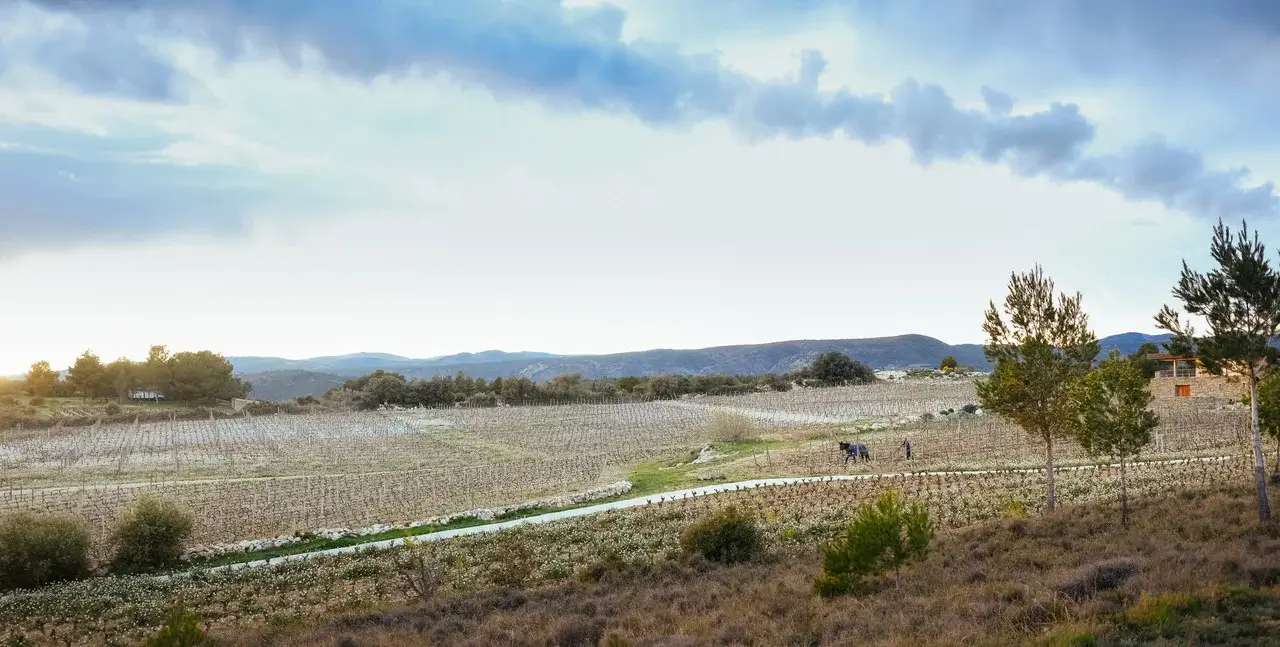
For decades after the concept of biodynamic farming was introduced in 1924, there was an aura of witch and wizard mysticism and charmingly earnest cluelessness around biodynamic farming. You want to make planting and harvesting choices according to the moon? Stuff yarrow into a deer bladder to create a tea that you’ll spritz on your crops? Um, okaaaay. You do you.
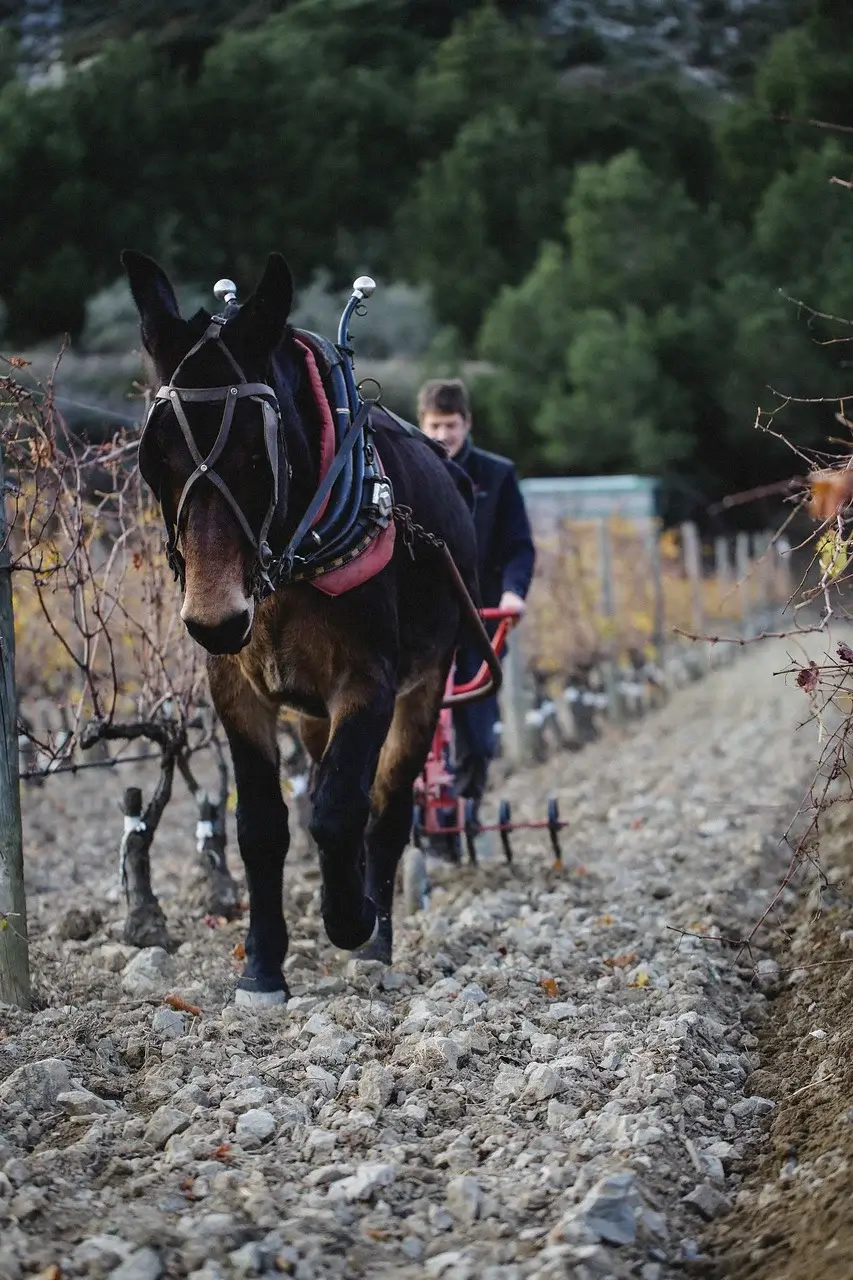
But over the past 25 years, peer-reviewed scientific studies show that biodynamic farming enhances soil quality and biodiversity. It also produces more nutritious produce and wine that tastes better.
With that in mind, the era of downplaying the merits of biodynamic farming is officially over. Today, biodynamic farmers on the cutting edge are taking the philosophy and science that has served them so well on their farms and applying it to their business practices.
LEARN MORE
Mystic liver: inside the world of biodynamic farming.
Biodynamic farming 101
Still not sure what we mean when we say biodynamic farming? You’re not alone. Biodynamics is based on the work of philosopher and scientist Dr. Rudolf Steiner (1861-1925). It is, at its simplest level, a method of chemical-free organic farming that entails the observation of lunar phases, planetary cycles and requires the use of locally sourced materials for fertilization and soil conditioning.
Practitioners see the farm as a closed, biodiverse ecosystem that requires internal inputs—which can come from the manure of ruminants raised on the farm, or from teas made from plants grown and animal products present on the farm—to nourish and feed itself.
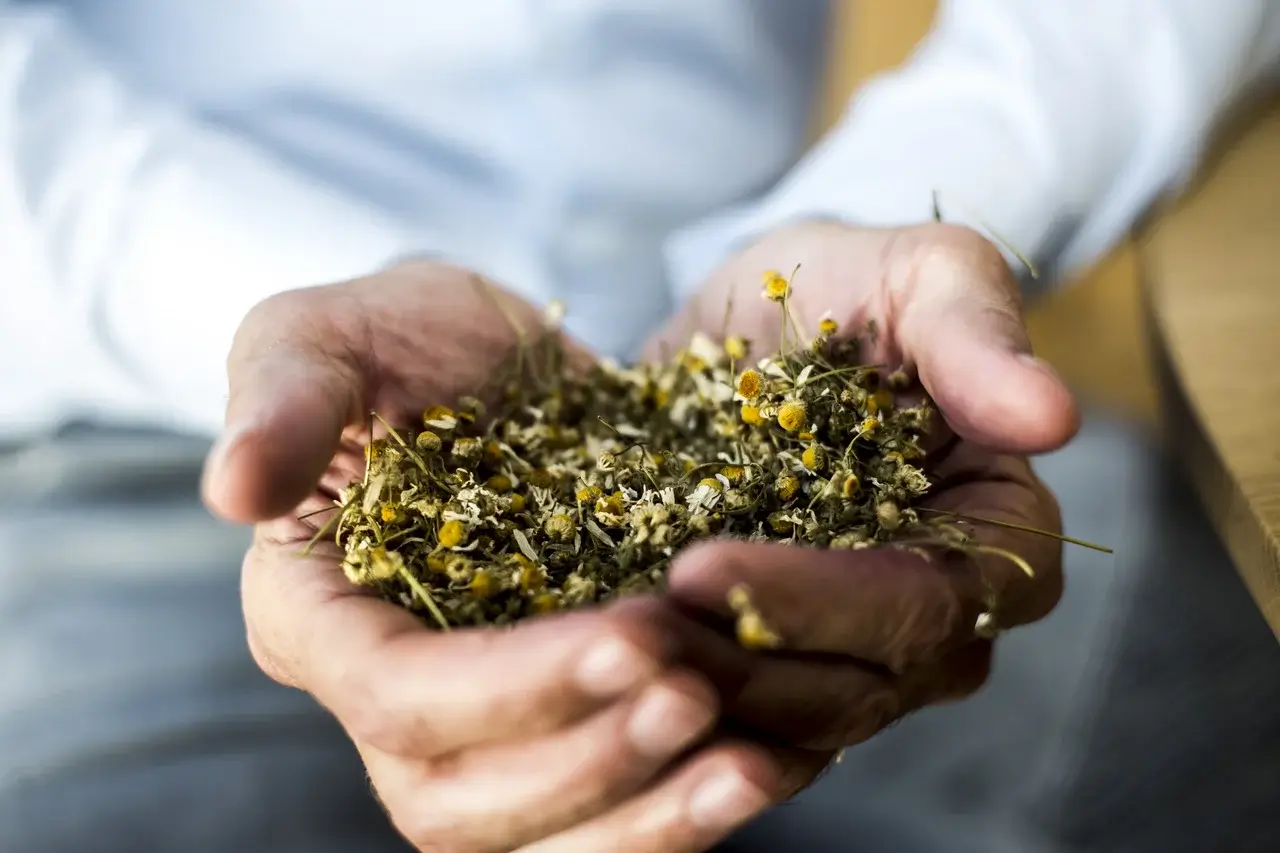
There are two primary forms of biodynamic certification, through Demeter-USA and Demeter International. It is estimated that there are around 6,000 certified biodynamic farms in operation across the world, and many more who farm biodynamically without certification. (The cost of getting certified varies depending on the farm’s size, but is generally at least a few thousand dollars, and requires adherence to a complex set of rules and standards).
Now, a new crop of producers are taking these same concepts and applying them to their businesses as a whole. Is the certified biodynamic coffee you’re drinking truly biodynamic if the coffee pods were dried on a conventionally produced table? These are the kind of questions the truly hardcore are asking.
Deeply considering every element that touches products
Gérard Bertrand, who owns and operates 16 certified biodynamic wine estates in Languedoc and Roussillon, France, has been infusing business decisions with biodynamic ideas for decades.
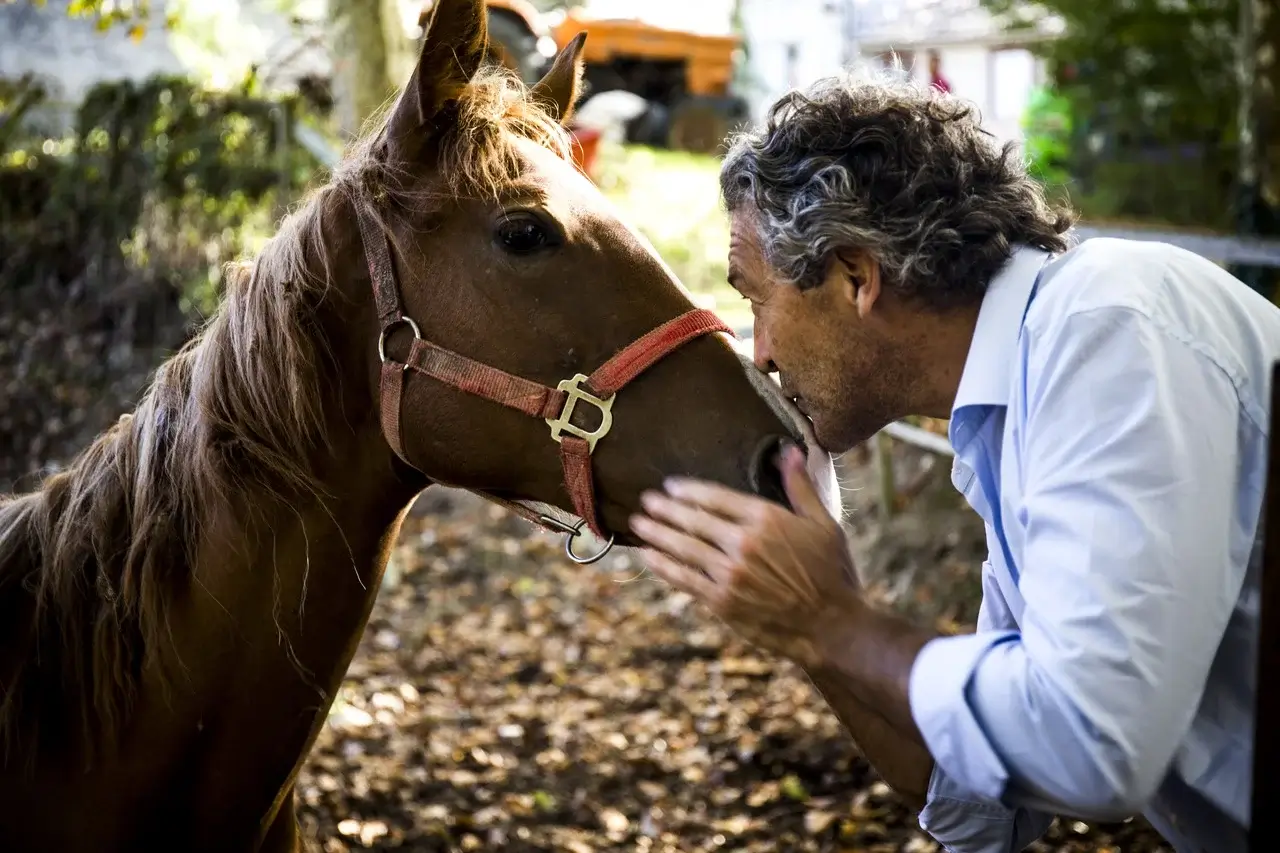
At the Minervois winery Clos d’Ora, the layout was designed so that sunlight hits a precise place in the barrel cellar during each solstice. And at Languedoc’s Clos du Temple, architect Francois Fontes designed the space to link sky and earth. Glass panels bring sunshine into the winery through the ceiling, while a mashrabiya (a latticework window that is characteristic of Islamic architecture) cools the heat the sun brings and casts patterns of light and shadow.
“The sun, the star that anchors our system and shines bright for much of the year in this region, shapes our construction projects,” Bertrand explains.
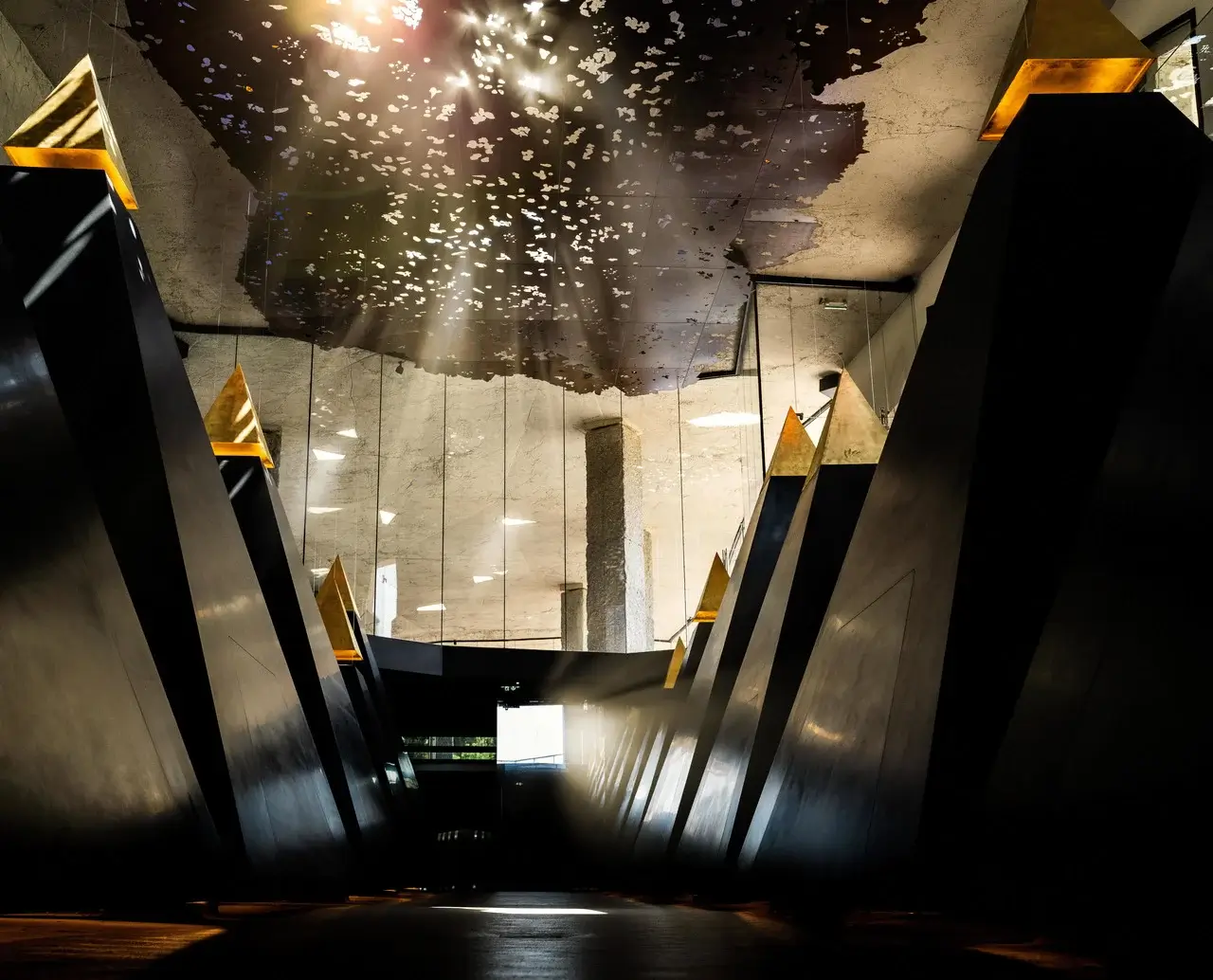
At his wine resort Chateau L’Hospitalet, Bertrand created a The Moon Room devoted to biodynamically rooted tastings.
“Its light fixtures mimic celestial bodies, their glow, colors, and rhythms attuned to the dishes and wines served,” Bertrand explains. “Short narratives weave through the meal, inviting guests to sense the rhythms that guide our biodynamic work. This is more than a meal—it is a multisensory journey, an education, and a fresh way of looking at the heavens.”
Robert Eden, co-owner and winemaker at Chateau Maris, also built his winery in Languedoc based on the biodynamic approach.
“Our cellar and winery is constructed from hemp bricks and wood to create a plant-based space that can receive external energies,” Eden explains. “Built this way, our winery’s operation is not impaired, and the energy is not repelled by artificial metals and other materials.”
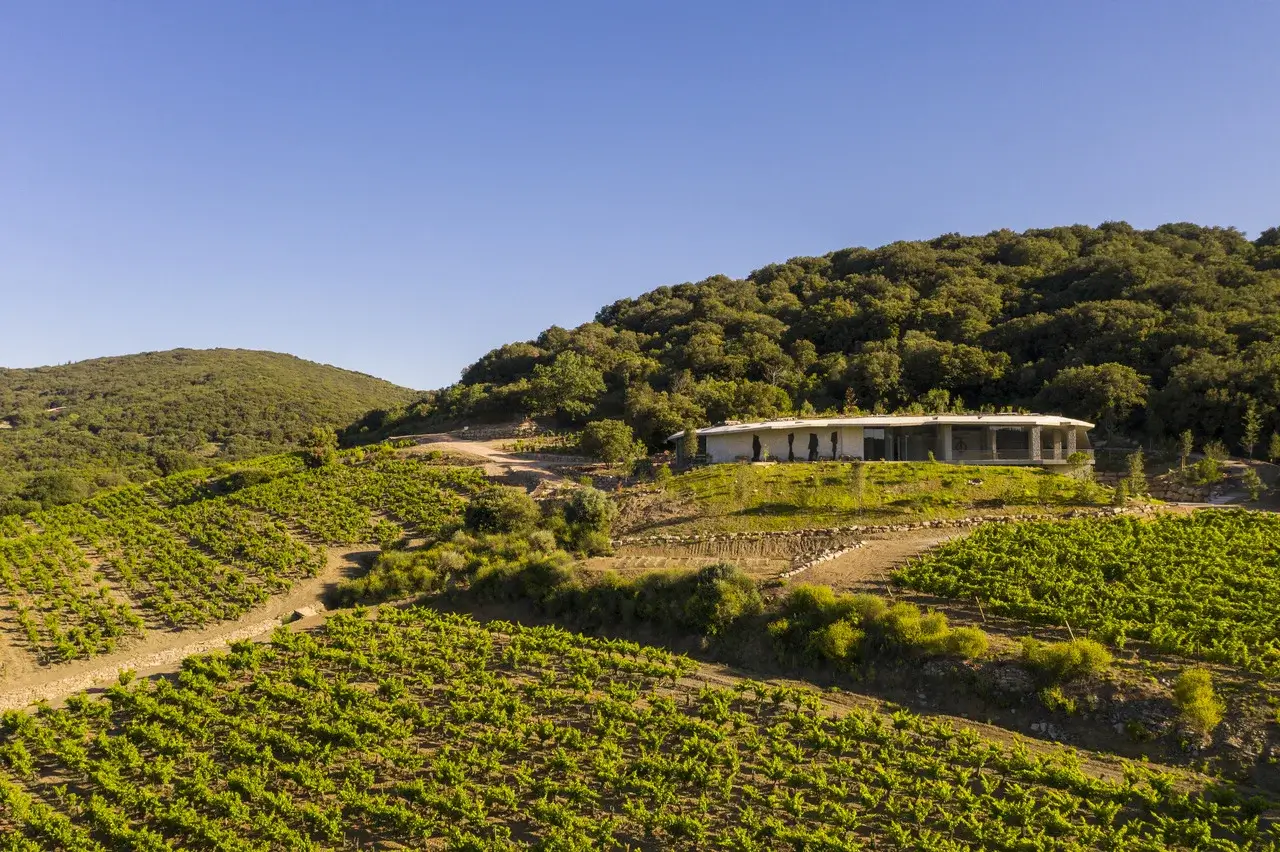
The placement and construction of the building was also considered with the movement of groundwater and alignment to prevailing winds.
Other vintners, like Count Michael Goess-Enzenberg, owner of Weingut Manincor in Alto Adige, Italy, embraces a holistic approach to biodynamic farming and business-building.
“We get everything possible from organic or biodynamic sources,” Goess-Enzenberg says. “Oak for our barriques, which we use to age our wines, comes from our own forest. Straw and manure for our compost comes from local farms in our neighborhood, which we mix with remains from grapes after they’ve been pressed.”
The quartz used for the biodynamic preparation 501 (a spray used to promote grape strength and health) is sourced from their local mountains. Goess-Enzenberg likens biodynamics to a broad lifestyle that requires wholesale commitment.
“It brings our lives into balance,” he says.
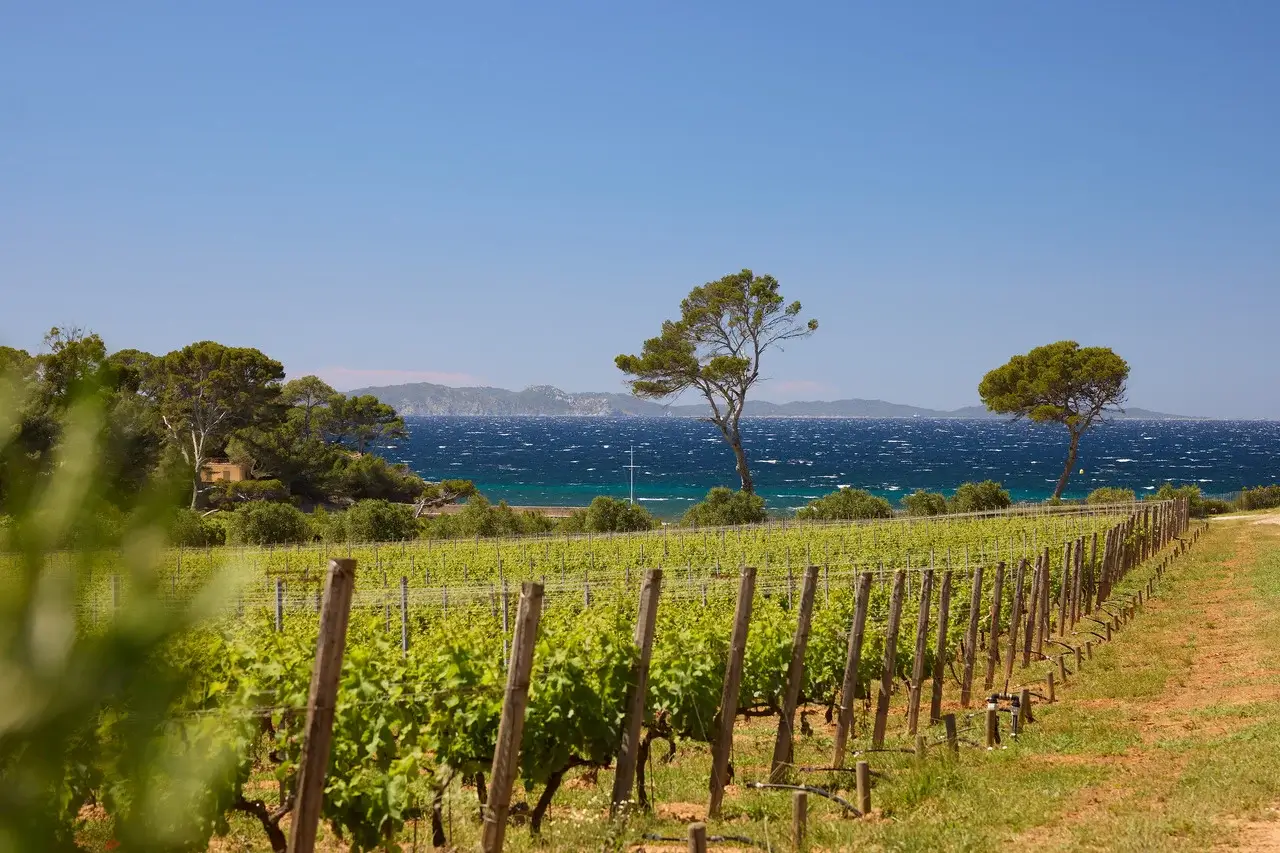
At Cullen Wines in Margaret River, Australia, winemaker and managing director Vanya Cullen has created a biodynamic bubble around her entire operation. In addition to farming her vineyards biodynamically, Cullen has a biodynamic produce garden that feeds the on-site restaurant.
Cullen also sources barrels sourced on fruit or flower days, according to the biodynamic calendar. (In the biodynamic farming calendar commonly followed by practitioners, fruit days occur when the moon is in a fire sign—Aries, Leo or Sagittarius; flower days occur when the moon is in an air sign—Gemini, Libra or Aquarius; root days occur when the moon is in the earth sign—Capricorn, Taurus or Virgo; leaf days occur when the moon is in a water sign—Caner, Scorpio or Pisces).
“We were amazed at the difference between wine made in barrels harvested on fruit and flower days,” Cullen says. “Wine aged in barrels harvested on fruit days are bigger and more expressive. Flower day barrels impart minerality and structure. Overall, we find that wines made with biodynamic barrels as a whole taste more complete.”
Cullen has worked with her coopers to hone the barrel program even further, prioritizing wood harvested on a new moon descending.
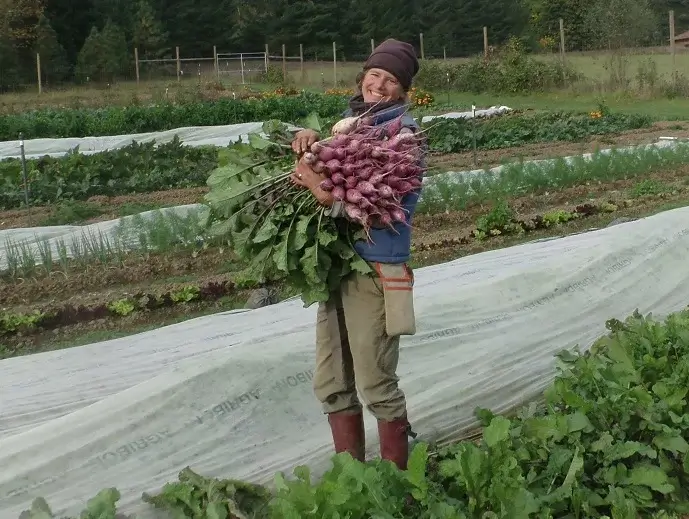
Applying holistic biodynamic ideas to staff management
Beth Hoinacki, owner and operator of Goodfoot Farm in Oregon’s Willamette Valley says that her work for the International Organic Inspectors Association made her realize that biodynamic operations often unconsciously extended their practices well beyond the farming itself. She became determined to conscientiously do so on her own vegetable and fruit farm.
“I inspected organic and biodynamic farms, and I was always struck by the staff at biodynamic farms,” Hoinacki says. “From the people who are there working in the fields every day to the owners, there was clearly this beautiful dedication to what was happening, and the story they were telling about the universe and our interconnection through the food they were growing.”
There is something about the practice of growing food biodynamically by the rhythm of the planets, moon, sun and stars that seems to engage the minds and hearts of the people involved, Hoinacki notes.
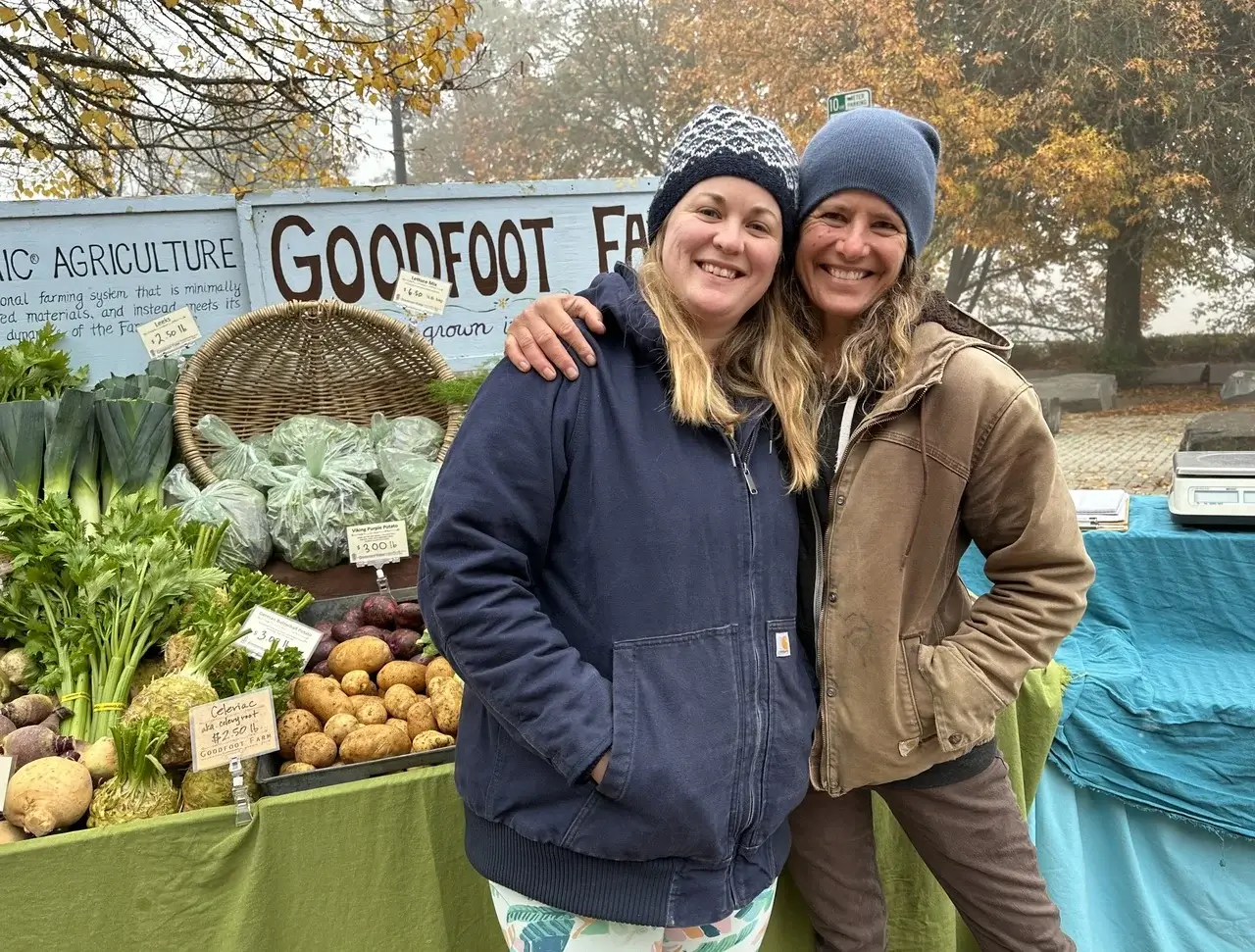
“I intuitively knew that traditional labor structures on farms were not healthy, so when I began hiring people, I began doing so through the lens of biodynamics with the goal of expressing the character of the farm as it exists,” she says.
Instead of the traditional power and management structure of owner and employee, she gives her employees the power to collectively agree on hours, start times and breaks. Her decision rooted power on the farm, without allowing inputs from the outside world.
“It is a system that feeds itself,” Hoinacki notes. “I work with them on the farm because I find working the land rewarding, so we get to make decisions together. Our team members love the system.”
On the other hand…
Inevitably, there are many who are less than convinced of the merits of biodynamically minded business decisions.
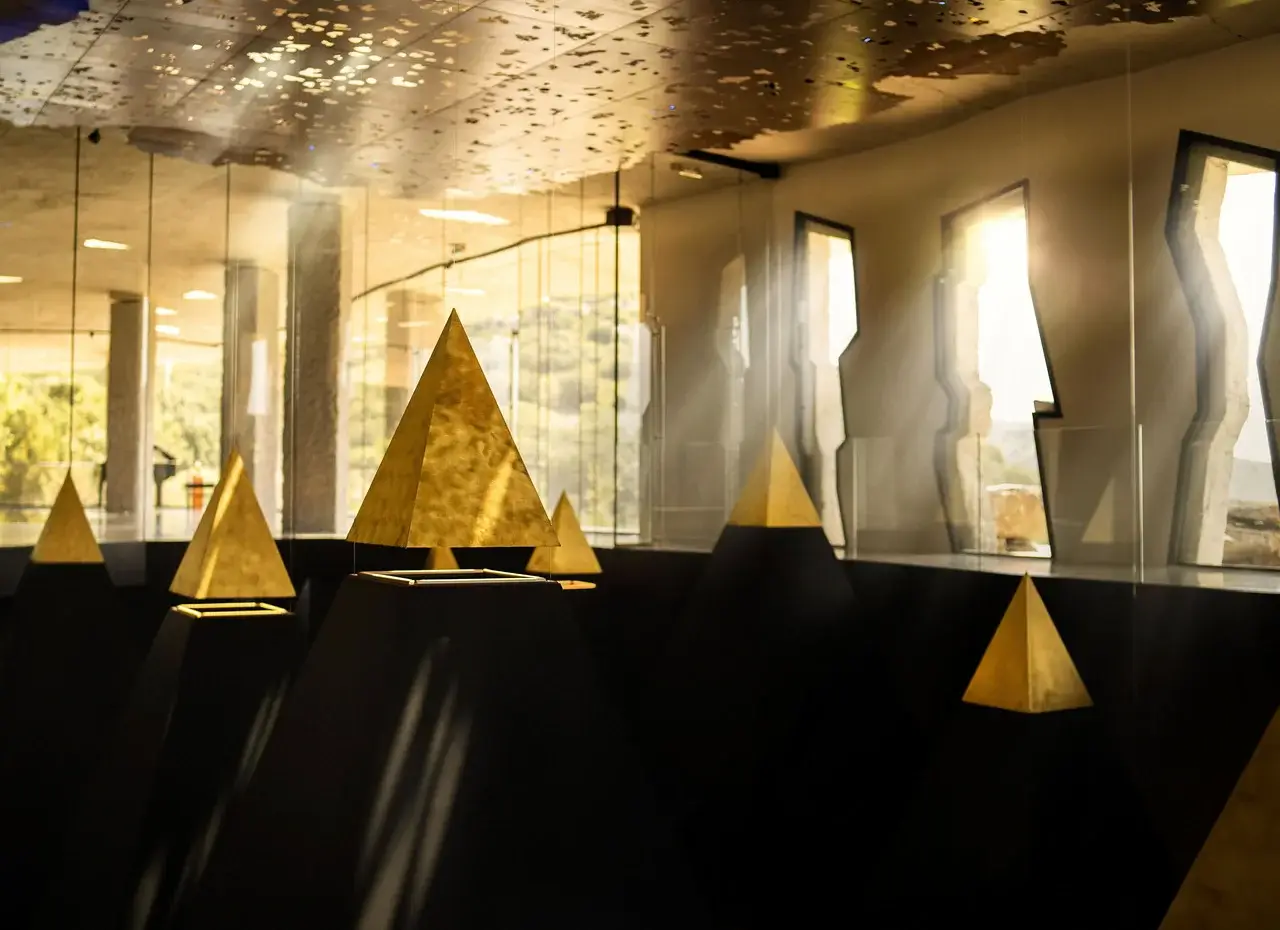
Wendy Parr, a wine scientist and oenologist at Lincoln University in New Zealand was among the researchers who wrote “Expectation or Sensorial Reality? An Empirical Investigation of the Biodynamic Calendar for Wine Drinkers,” published in the peer-reviewed Public Library of Science mega journal PLOS ONE. In the study, 19 wine pros were asked to taste 12 different Pinot Noirs on fruit and root days. Bottom line: they found the day made no difference.
“To date, there is no clear evidence that the calendar affects tasting,” Parr says. “We know from neuroscientists’ work that no two people ever experience a wine in precisely the same way because there are a myriad of neuro-physical and psychological variables that could be involved.”
READ MORE
What is permaculture, exactly?
Parr adds that there is “anecdotal evidence” that wines can show changes across fruit or root days.
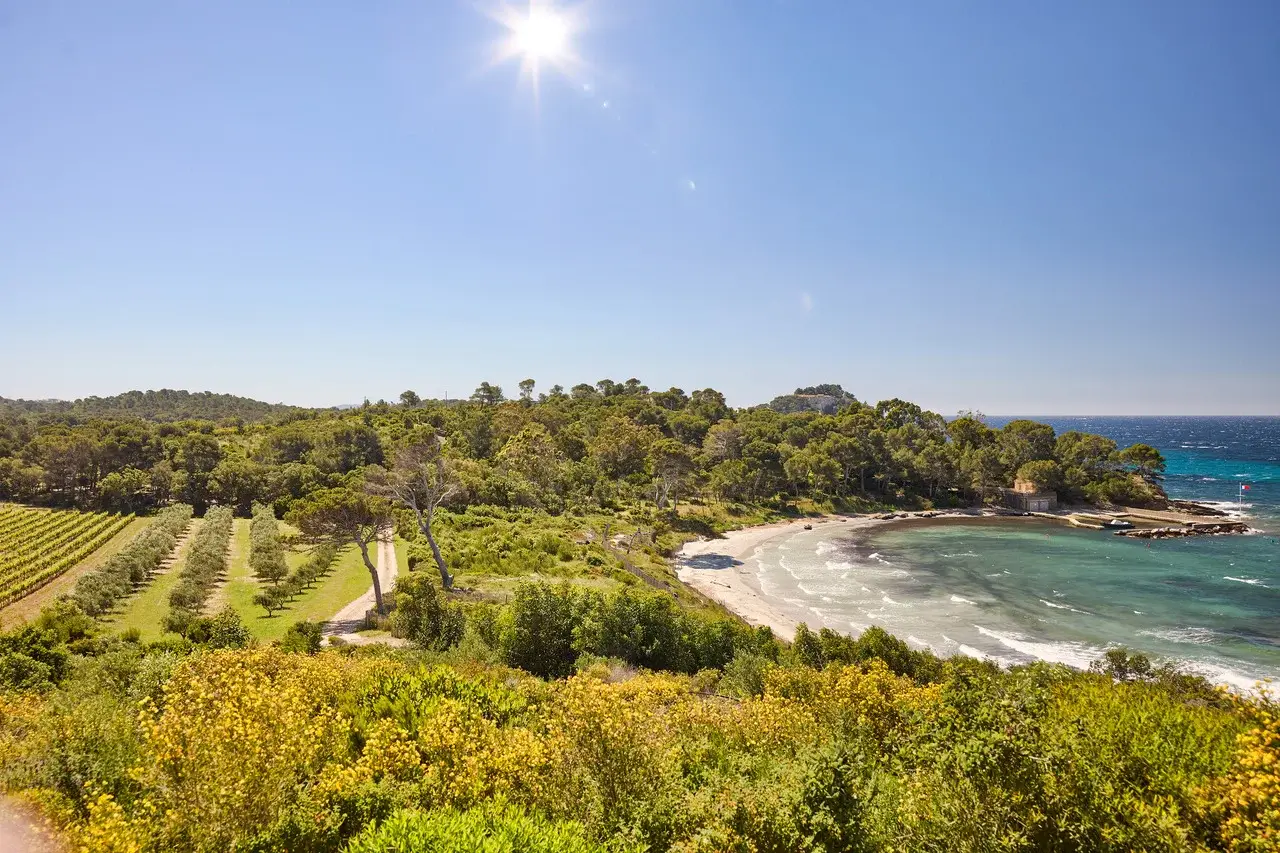
“I’ve met winemakers in Europe and New Zealand who wouldn’t rack off wine on a root or leaf day,” she says. “It is not for me to say what others should believe or practise. I will add that we did one study only. In the absence of further research, the issue remains unclear.”
The jury appears to be out on whether or not tasting on a fruit or root day will drastically alter your assessment of a wine. But even a few decades ago, the notion that biodynamic farming could improve soil health was unproven and widely ridiculed.
Tasting special wines, planning farm and winery constructions and basing staff decisions on a biodynamic calendar and philosophy may seem slightly out there—but if it helps vintners and farmers create better products and teams, who are we to argue?
The post Biodynamic Farms Are One Thing. What About Biodynamic Businesses? appeared first on Modern Farmer.

































